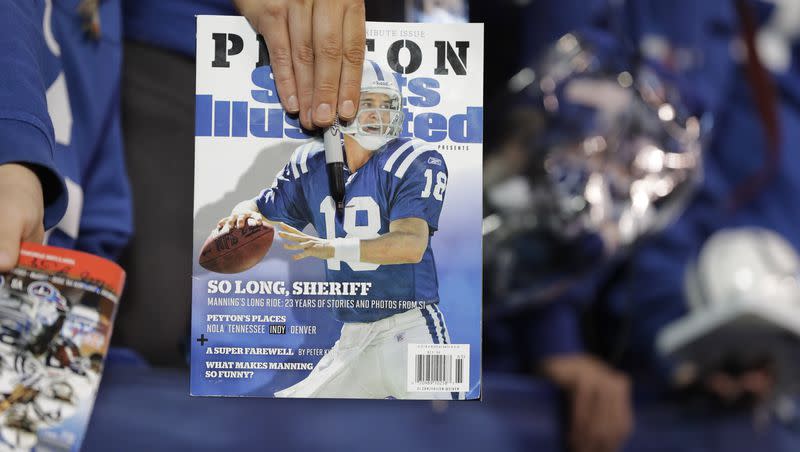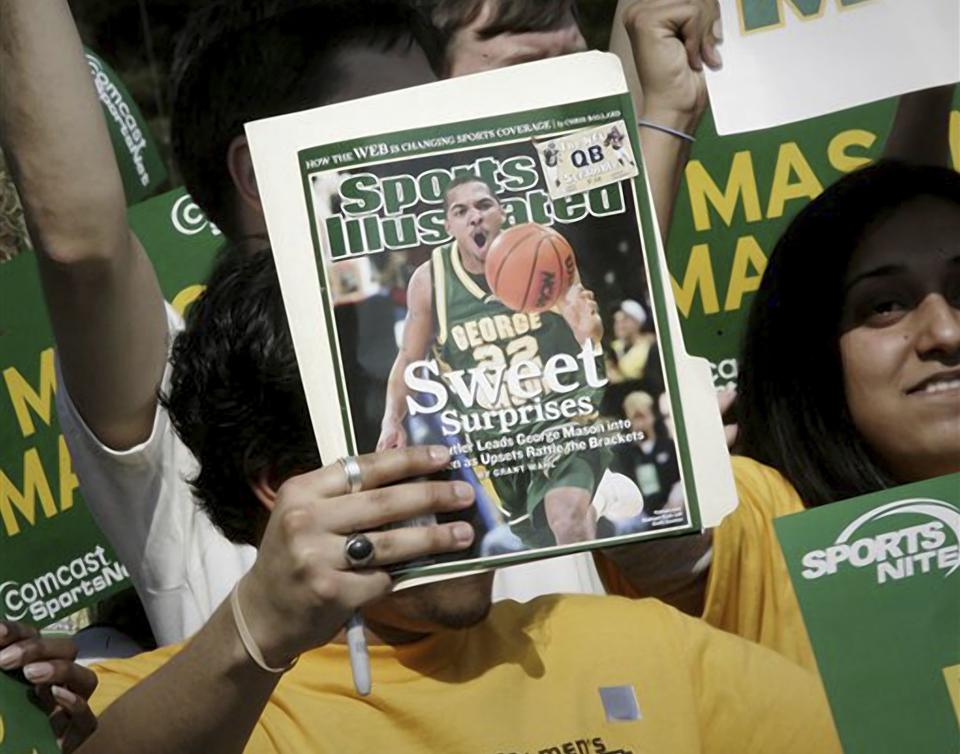The demise of an old friend — how Sports Illustrated fell apart

Like thousands of others from the older crowd, I remember the excitement of finding Sports Illustrated in my mailbox every Thursday as a young boy. It was filled with glossy color photographs (a big deal then) and writing that was so good — witty, substantive, anecdotal — that nonsports readers enjoyed it.
Kenny Moore, Rick Reilly, Robert Creamer, Curry Kirkpatrick, Gary Smith, Dan Jenkins and William Nack were writers first, not sports fans, and sports offered them drama, adversity, triumph, defeat and all of society’s social issues on a brightly lit stage. As a young writer in college, I read the articles and underlined memorable sentences and paragraphs trying to determine how they made the stories come to life. I exchanged letters with their writers to understand how they did it. I was thrilled when I sold a story to the magazine early in my career.
Alas, after 70 years the magazine is on its deathbed. SI announced last week that it will “lay off a significant number, possibly all” of the staff. Why? It’s complicated and you might need an MBA to follow the path to destruction, but let’s keep it simple since this is the sports department and we’re not very bright: Sports Illustrated can’t pay its bills; it’s up to its masthead in debt. In recent years, SI has endured a number of layoffs, but this latest announcement sounds like a death sentence; it will probably limp along for a while on emergency life support, but not in any form that is recognizable. It hasn’t been recognizable for years anyway.
It’s an ignominious fall for a once-great institution. In its heyday, the magazine was widely read and held a special place atop the media world. When SI wrote about something, that was news in itself. It was like a coronation or validation. The magazine got full of itself amid all the adulation and even kept score of how many times an athlete appeared on its cover. SI had its weak spots — it covered New York teams as if they were everybody’s home team — but they were the place everyone turned for sports and entertaining reads.
New management took over the magazine several years ago. Venture capitalists (The Arena Group) swooped in and used the magazine’s great name to sell resorts and sports betting operations and other products that had nothing to do with journalism. It was like handing the Louvre to a circus.
Related
Even months before this latest crisis at the magazine, writer Jesse Pantuosco wrote an article entitled “The Long, Sad Decline of Sports Illustrated,” and described the events that led here — “downsizing, diminished quality, corporate restructuring, mass turnover, and a heated labor dispute … Paying no mind to Sports Illustrated’s rich legacy, The Arena Group has made painfully obvious its lack of journalistic ambition, happily profiting off a reputation that took the better part of a century to build, clumsily slapping its name and likeness onto products not even tangentially related to sports.
“To the suits … Sports Illustrated is little more than a cash register, a piggy bank for big business to take from. SI’s precipitous decline should be viewed as a cautionary tale warning against opportunistic VCs blinded by tunnel vision, leaving Sports Illustrated, like so many others undermined by corporate meddling, to die on the vine.”
I wish I could say I cared. I stopped reading the magazine long ago. It was a prolonged breakup. After I let my subscription lapse, the magazine continued to show up in my mailbox anyway. I lost interest because the writing grew stale and with the move to the internet, it grew worse. It became the equivalent of fast food, with bite-size tidbits and clickbait designed to attract readers with short attention spans (does anyone even read anymore?). There was no longer anything exceptional about it.
Along the way, good solid writing and reporting gave way to advocacy journalism (which used to be unethical, but there are no journalism ethics anymore — to wit: sideline reporter Charissa Thompson admitting she made up quotes for coaches). In recent years, I periodically picked up the magazine or saw SI stories on the internet and it was clear that it had gone woke; its writers and editors were pushing a political agenda. It was obnoxious and condescending. They fell into the same trap as ESPN, Disney and a lot of virtue-signaling corporations.
And still the decline continued. It was reported in November that Sports Illustrated was posting stories that were written by artificial intelligence with bylines for authors who don’t exist, including phony mug shots and bios of one “Drew Ortiz.” The bio read, “Drew has spent much of his life outdoors … Nowadays, there is rarely a weekend that goes by where Drew isn’t out camping, hiking, or just back on his parents’ farm.”
I wonder how “Drew” would write about the magazine’s fall.


